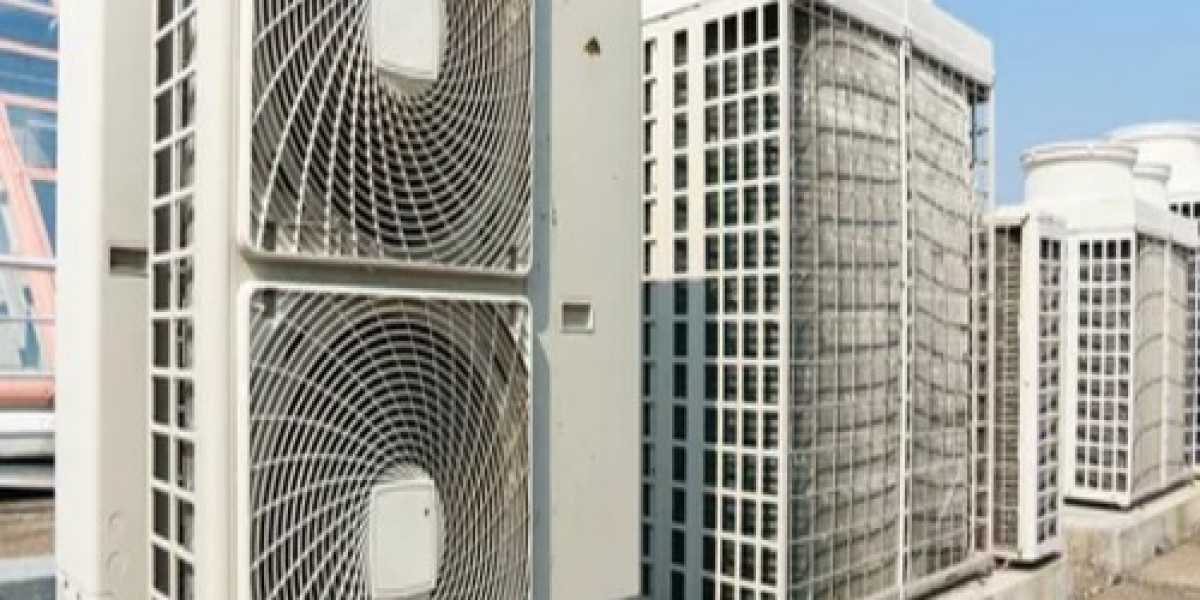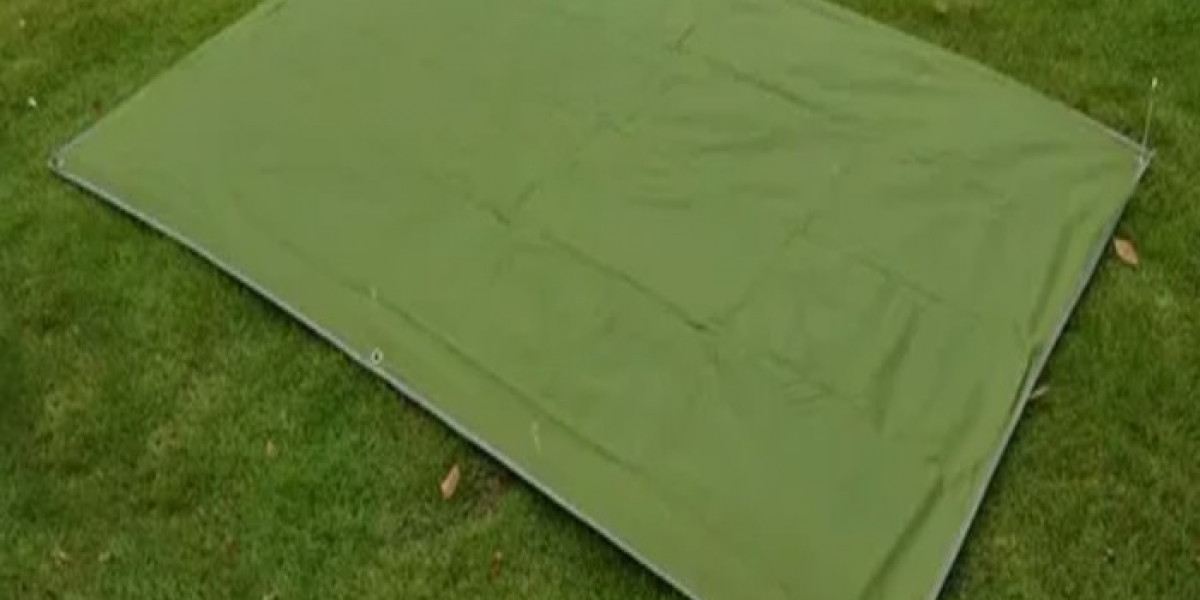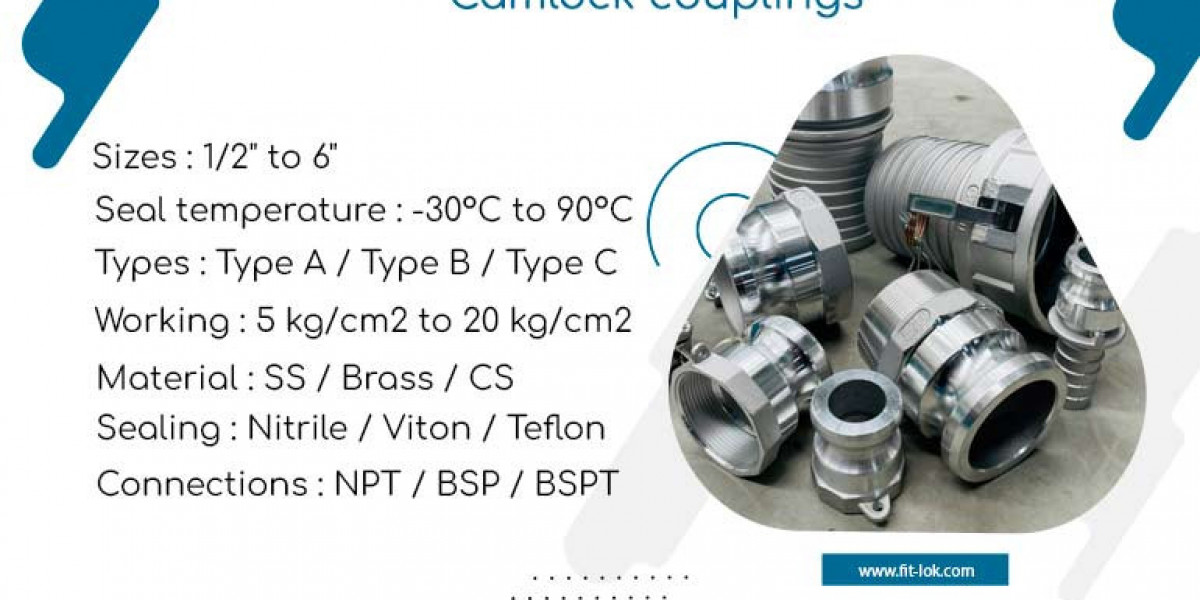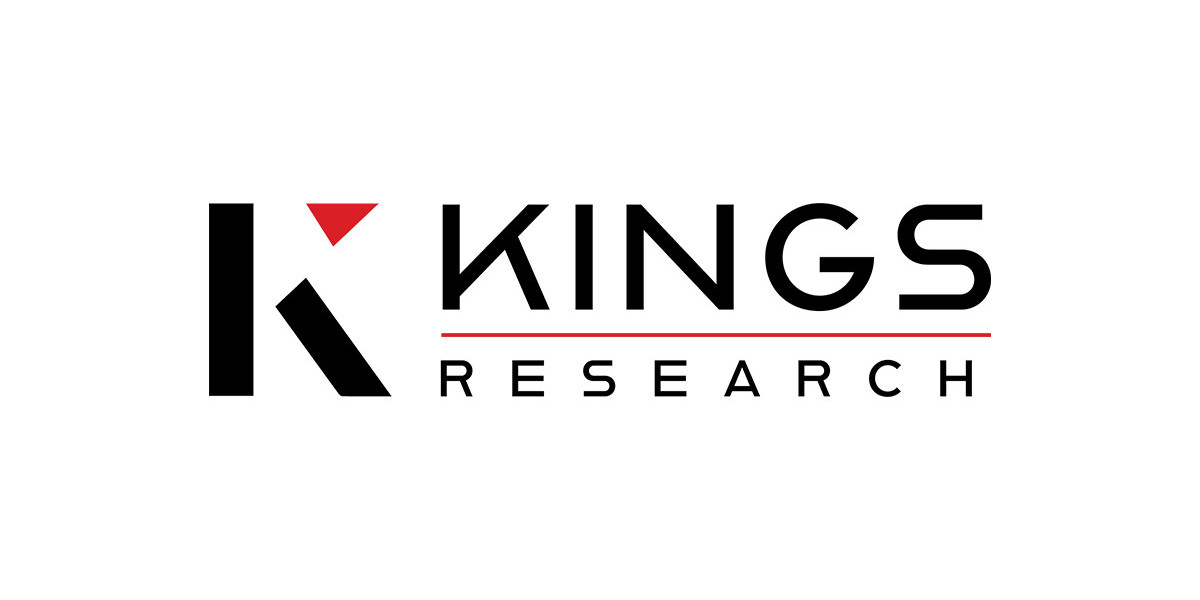What are VRF Systems?
Variable Refrigerant Flow or VRF systems have emerged as one of the most efficient HVAC solutions for commercial and residential buildings. A VRF system uses a heat pump system that varies the amount of refrigerant flowing through the circuits to match the required load.
How VRF Systems Work?
In a typical VRF Systems, there is an outdoor condensing unit which contains compressors and condenser coils. Insulated refrigerant pipes connect this outdoor unit to multiple indoor units located in different zones of a building. Each indoor unit has an evaporator coil and fan. The condensing unit varies the refrigerant flow to the indoor units based on the individual heating or cooling demand of each zone. This allows individual zone control without over-cooling or over-heating other zones.
Benefits of VRF Systems
Energy Efficiency
One of the main benefits of VRF systems is their high energy efficiency. They can achieve efficiencies up to 30% higher than conventional HVAC systems since the condensing unit modulates output based on the true load. This prevents over-sizing and wasting of energy.
Individual Zone Control
With VRF, each indoor unit can be controlled independently. This allows setting different temperatures in different rooms based on occupancy and need. Older systems had to cool or heat an entire floor even if a single zone needed conditioning.
Easy Installation and Maintenance
VRF pipe runs are similar to central ducted systems but use smaller, more flexible pipe. This makes installation easier even in tight spaces or renovated buildings. Individual indoor units are also easy to access for maintenance needs without disrupting other zones.
Quiet Operation
The absence of ductwork in VRF eliminates transmission noise. Individual indoor fan units also operate quietly at variable speeds. This makes VRF a good option for noise-sensitive spaces like hotels and hospitals.
Reliability and Durability
As outdoor condensing units and pipework are not exposed to weather, corrosion risk is minimal. Fewer moving parts than conventional systems also improve reliability. Well-designed VRF units last over 20 years with minimal service needs.
Improved IAQ and Comfort
Individual zone control means fewer drafts and cross-contamination risks. Precise temperature, humidity and airflow settings in each zone enhance occupant comfort. This can boost productivity in commercial buildings.
Applications of VRF Technology
Commercial Buildings
VRF is ideal for multi-zone applications in offices, retail stores, hotels, schools and other commercial buildings. Its modular design provides flexibility for phased construction and future expansion. VRF helps achieve LEED points for efficient design.
Healthcare Facilities
Careful temperature and sterile air control is crucial in hospitals and clinics. VRF meets strict codes with independent room-by-room conditioning. Occupant recovery and wellness are prioritized in rehabilitation centers with VRF.
Residential Buildings
VRF is an emerging choice for large homes, apartments and condominiums. Its ductless design is well-suited for retrofits. Homeowners gain precise comfort, energy savings, ease of maintenance and high resale value.
Process Cooling and Industrial Uses
New VRF heat recovery technologies help with process cooling and heating applications in food processing, manufacturing and warehouses. This reduces operating costs in industrial facilities.
Is VRF Right for Your Project?
While its benefits outweigh additional upfront costs in most commercial buildings, contractors must consider key factors to decide if VRF is the right choice:
- Building Size - Larger buildings over 20,000 sq ft see greatest efficiency gains with VRF. Smaller structures may not realize payback.
- Project Budget - VRF installation requires specialized training and certification, increasing labor costs. Evaluate return on investment.
- Zoning Requirements - VRF truly excels with 6 or more unique temperature zones to leverage individual control.
- Service Needs - Ensure readily available qualified technicians for maintenance and repairs long-term.
- Utility Incentives - Some zones offer rebates or tax credits to adopt efficient VRF, improving economics.
- Construction Schedule - Consider if VRF modular design suits phased occupancy timelines.
By analyzing these key technical and financial aspects, contractors can determine where VRF systems present the best HVAC solution for maximum comfort, low energy use and long asset life. With energy codes tightening, VRF adoption will likely accelerate in years to come across all market segments.
Get This Report in Japanese Language: VRFシステム
Get This Report in Korean Language: VRF 시스템
About Author:
Vaagisha brings over three years of expertise as a content editor in the market research domain. Originally a creative writer, she discovered her passion for editing, combining her flair for writing with a meticulous eye for detail. Her ability to craft and refine compelling content makes her an invaluable asset in delivering polished and engaging write-ups.
(LinkedIn: https://www.linkedin.com/in/vaagisha-singh-8080b91)










